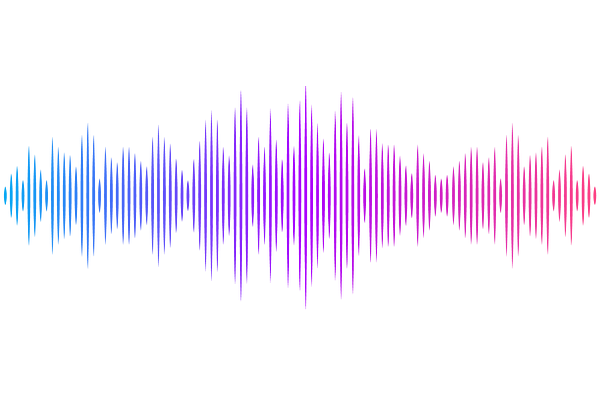Disrupted salience network dynamics during the imagery of migraine attacks

Disrupted salience network dynamics during the imagery of migraine attacks
Esteves, I.; Perdigao, A.; Fouto, A. R.; Ruiz-Tagle, A.; Caetano, G.; Cabral, J.; Martins, I. P.; Gil-Gouveia, R.; Caballero-Gaudes, C.; Figueiredo, P.
AbstractModerate to severe head pain is a hallmark of recurring migraine attacks. However, it is challenging to study patients during spontaneous attacks and most research on the brain mechanisms of pain in migraine patients has been limited to the processing of painful stimuli between attacks. Here, we hypothesize that the experience of a migraine attack extends beyond the response to painful stimuli and is associated with specific impairments of the salience network (SN), which integrates sensory, emotional and cognitive information in relation to salient stimuli. To test this hypothesis, we analysed the SN dynamics of a group of patients with episodic migraine in three distinct conditions: at rest during a spontaneous migraine attack (ictal phase); while performing an imagery task aiming to elicit the experience of a previous attack, during the interictal phase; and at rest, during the interictal phase. For comparison, we also studied a group of healthy controls in three matching conditions, including rest as well as an imagery task of a (non-migraine) head pain experience. We collected functional magnetic resonance imaging (fMRI) data and used a dynamic functional connectivity (dFC) analysis to examine the temporal features of the SN from a total of 78 samples. Compared to healthy controls, the SN had a significantly shorter lifetime in patients during the pain imagery task, but not during a migraine attack or interictal resting state. Our results support the disruption of the SN in migraine, and indicate that pain imagery may be a useful paradigm for isolating the emotional and cognitive aspects of pain and investigating SN dynamics.